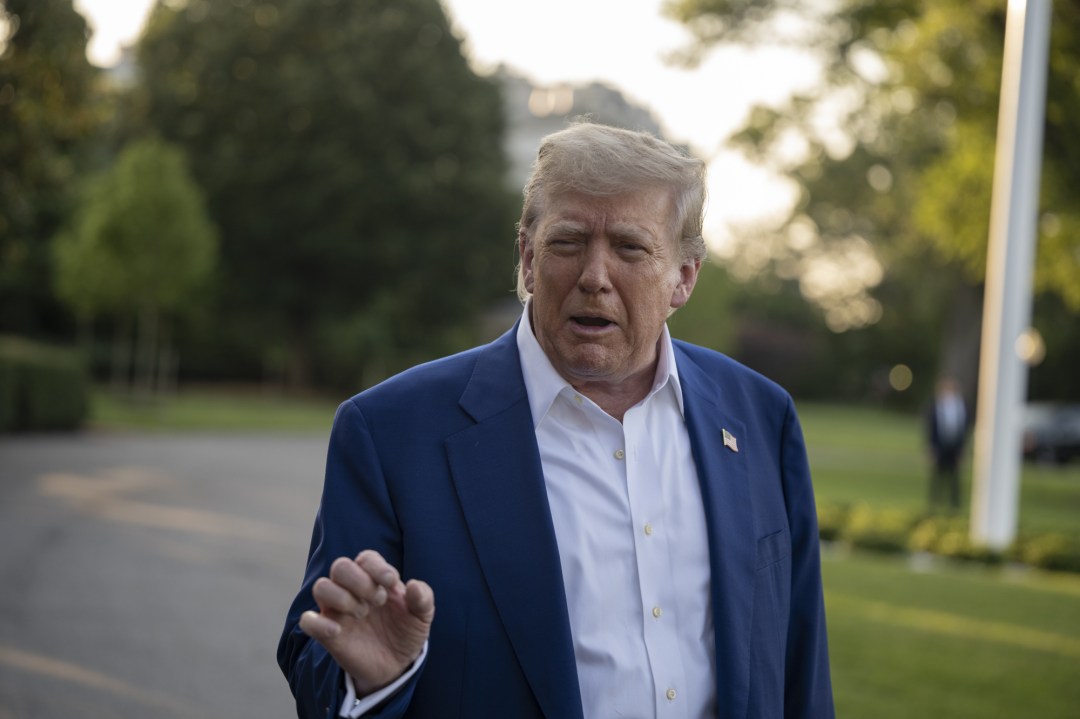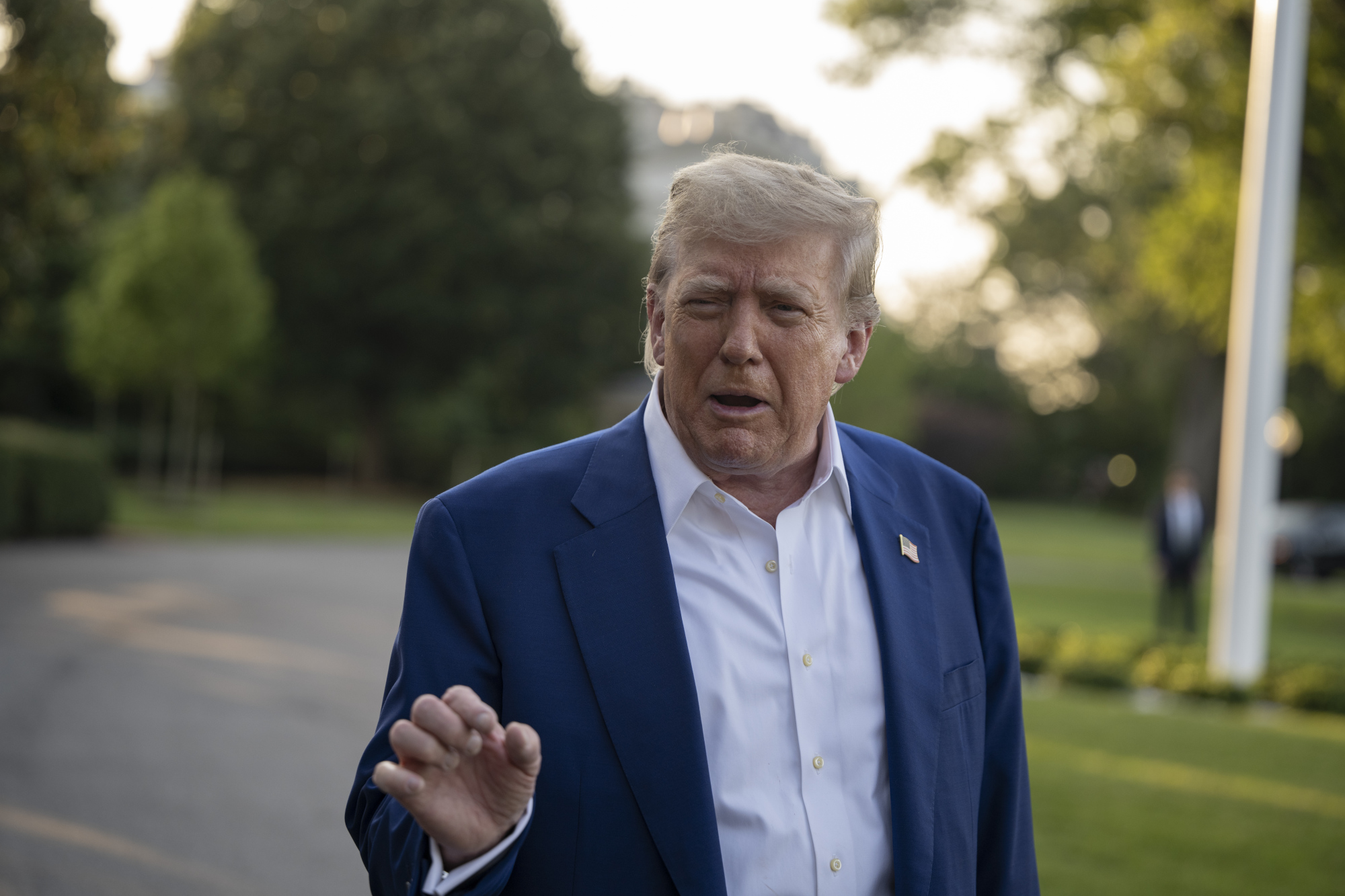After President Trump announced a ceasefire between Israel and Iran on Monday, Iran launched missiles at the Jewish state. To justify this, Iran accused Israel of conducting an assault on Iranian territory until 9 a.m. on Tuesday, after the ceasefire went into effect. Later, Israel undertook a symbolic strike on a radar installation north of Tehran as a reprisal for its defiance of the agreement.
President Trump, visibly angry, told reporters before he headed to today’s Nato summit that he was displeased with both countries, especially Israel as it ‘unloaded’ on Tehran right after he declared a ceasefire.
Israel did unleash a thunderous final salvo against Iran in the final moments before the ceasefire went into effect. But this is a common practice in conflicts in the region, and has been the case during multiple rounds of fighting between Israel, Hamas, and Hezbollah. Israel’s entire Operation Rising Lion against Iran has been conducted in much of the same manner – relying on targeted precision airstrikes focused on degrading military assets and decapitating Iran’s leadership.
In the conflict between Israel and Iran, peace is not on the menu
President Trump wants to be seen as a dealmaker and peacemaker. He likely was concerned that after he greenlighted Israel’s military operation against Iran and bombed its nuclear facilities himself, that another Israeli display of strength risked making a peaceful solution impossible. But in the conflict between Israel and Iran, peace is not on the menu. There are limits to what can be achieved between the two countries diplomatically. The Islamic Republic is ideologically committed to the destruction of the State of Israel. This is a core pillar of the regime. This enmity will continue irrespective of a ceasefire. From Tehran’s perspective, it is not ‘peace’ but a tactical pause.
In 2013, Iran’s Supreme Leader Ayatollah Ali Khamenei used an analogy to describe Tehran’s negotiations with Washington, another sworn enemy: ‘sometimes a wrestler shows flexibility for technical reasons, but he doesn’t forget who his opponent is and what his real goal is.’ This can be applied to the current context with Israel. Iran will use the ceasefire period to rearm, rebuild, refinance and revive its conflict with Israel. It plays a long game and does not adjust its strategy in four- or eight-year increments to coincide with the American political calendar. Tehran thinks in decades, and this latest volley of missiles and drones between Iran and Israel is only the end of one chapter in the ongoing conflict between both countries.
As long as the Islamic Republic remains in power and Khamenei or a likeminded successor is in his chair, the struggle between both countries can only be managed and deterred. There are no more durable solutions.







Comments